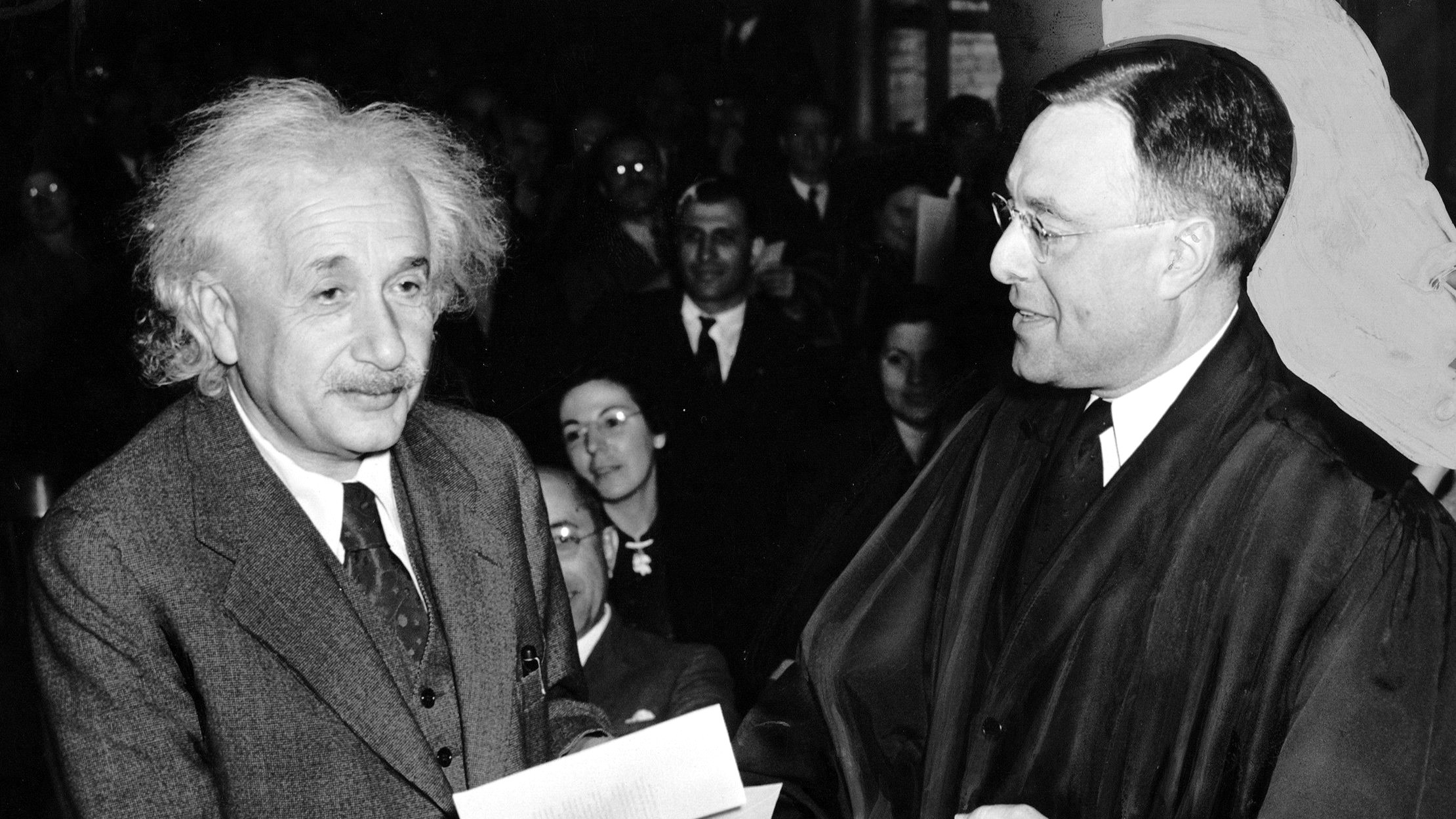Strategies for Scientists Writing Effective Op-Eds
At The Yale Climate Forum, Lisa Palmer contributes a very useful feature reviewing various strategies for how scientists can write effective newspaper op-eds on climate change.
Most of the first half of the feature focuses on examples that target national elite newspapers like the NY Times or WPost, either grabbing attention by using heated language, i.e. arguing against “deniers” that “infest” public discourse, or by proposing bigger picture policy initiatives such as boosting long term funding for NASA’s Earth observing system. (Using too much heat, of course, often backfires.)
These types of op-ed strategies have their place and meet certain goals. For other scientists or for policy staffers, the op-eds serve as possible talking points to use in public debates or in promoting policy. They can also lead to follow-up interviews raising the op-ed author’s media profile or invitations to elaborate on the policy idea in testimony or closed-door meetings.
But do these elite-targeted op-eds reach the wider American audience and are they persuasive in shaping how the typical news reader might think about the importance and relevance of climate change?
Probably not.
If this is the goal, a different type of op-ed is needed. Here’s my suggestion from the Yale Climate Forum article:
Social scientist Matthew Nisbet, a communications professor at American University, who has written extensively on the subject of strategic communications and climate change, says that keeping the reader in mind will improve an op-ed’s acceptance rate.
Think of the audience and tell them a story, says Nisbet, who posts a popular “Framing Science” blog.
Make the story relevant, Nisbet advises, and include individuals in the op-ed, perhaps someone whose experience will capture readers’ interest and help readers understanding the effects of climate change locally.
“We have had record amounts of news coverage about polar regions, polar bears, and threats to animal species. But we still don’t see a sense of public urgency of the issues [of climate change],” Nisbet says. “People care about environmental impacts, but the stories aren’t personally meaningful.” He argues that an op-ed is not designed primarily to inform people about science. It should instead lead to something else, such as a solution or a call to action, which is effective when framed with health, solutions, stewardship, health, or the economy.
Nisbet suggests also that scientists and others involved with climate policy not regard national newspapers as the Holy Grail. The best place, in his view, is the hometown newspaper, where authors reach readers who might not be following national coverage of climate change or getting science information regularly. With a local hook, op-eds can better connect with readers who need to be informed the most, he says.




